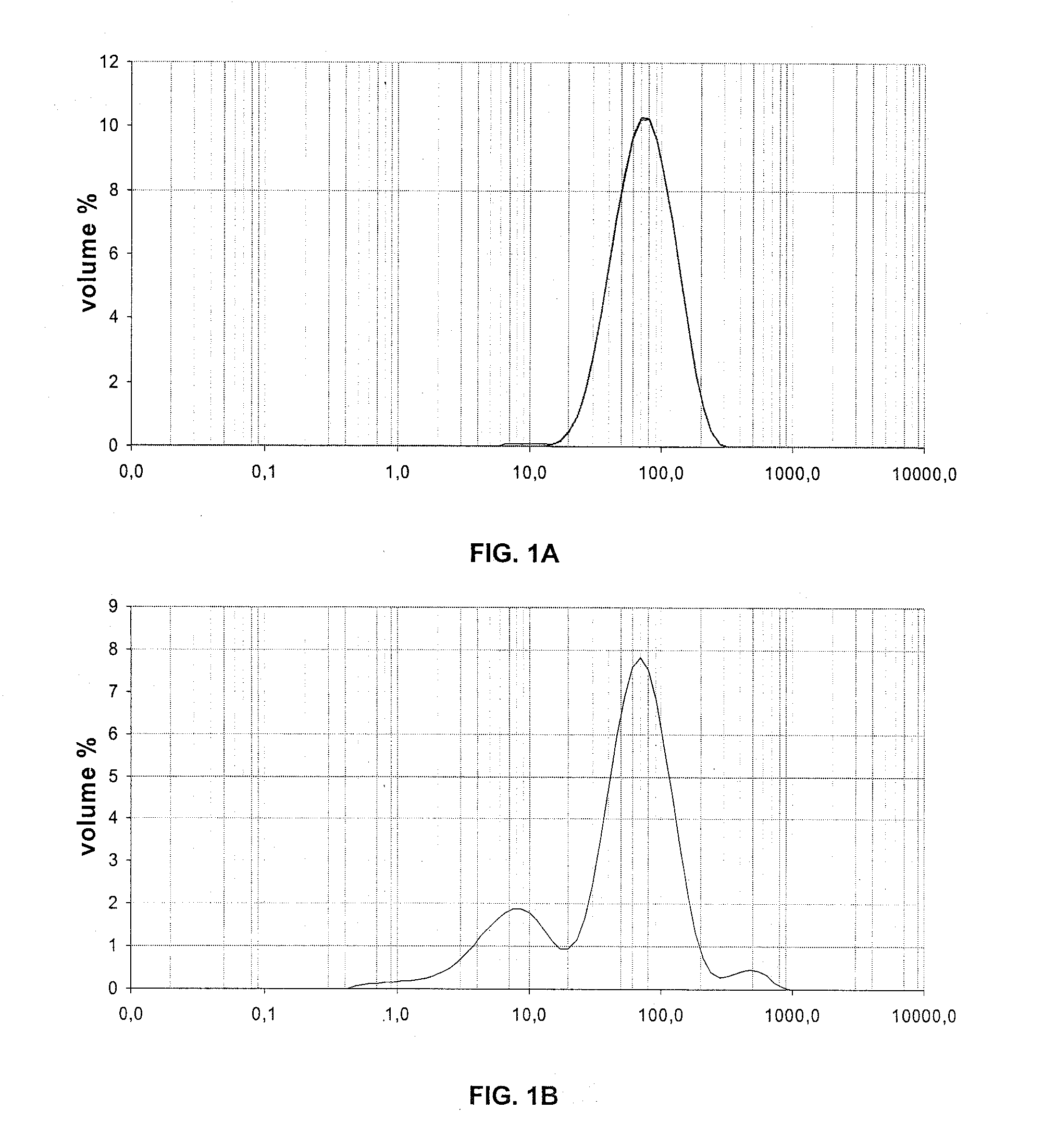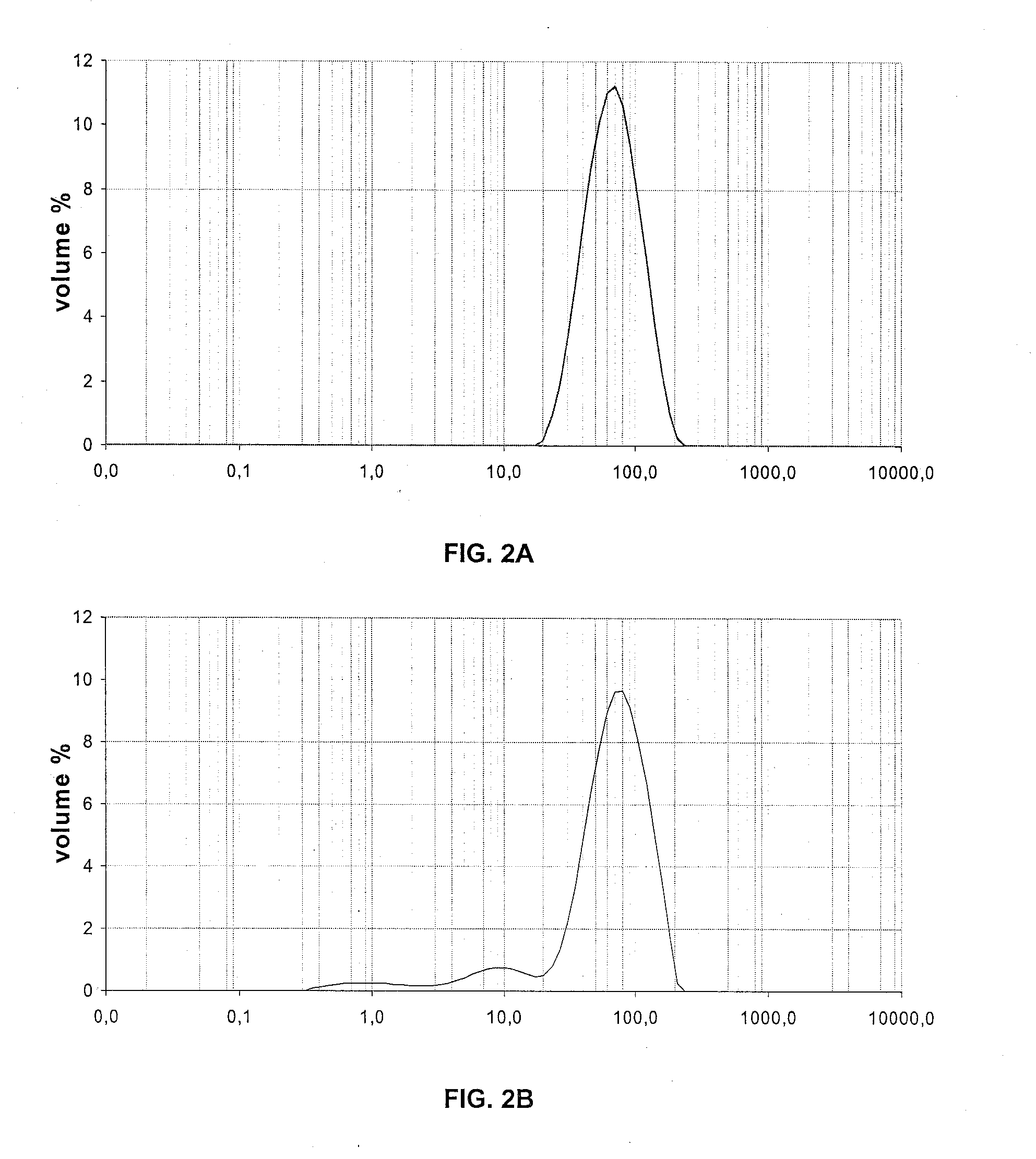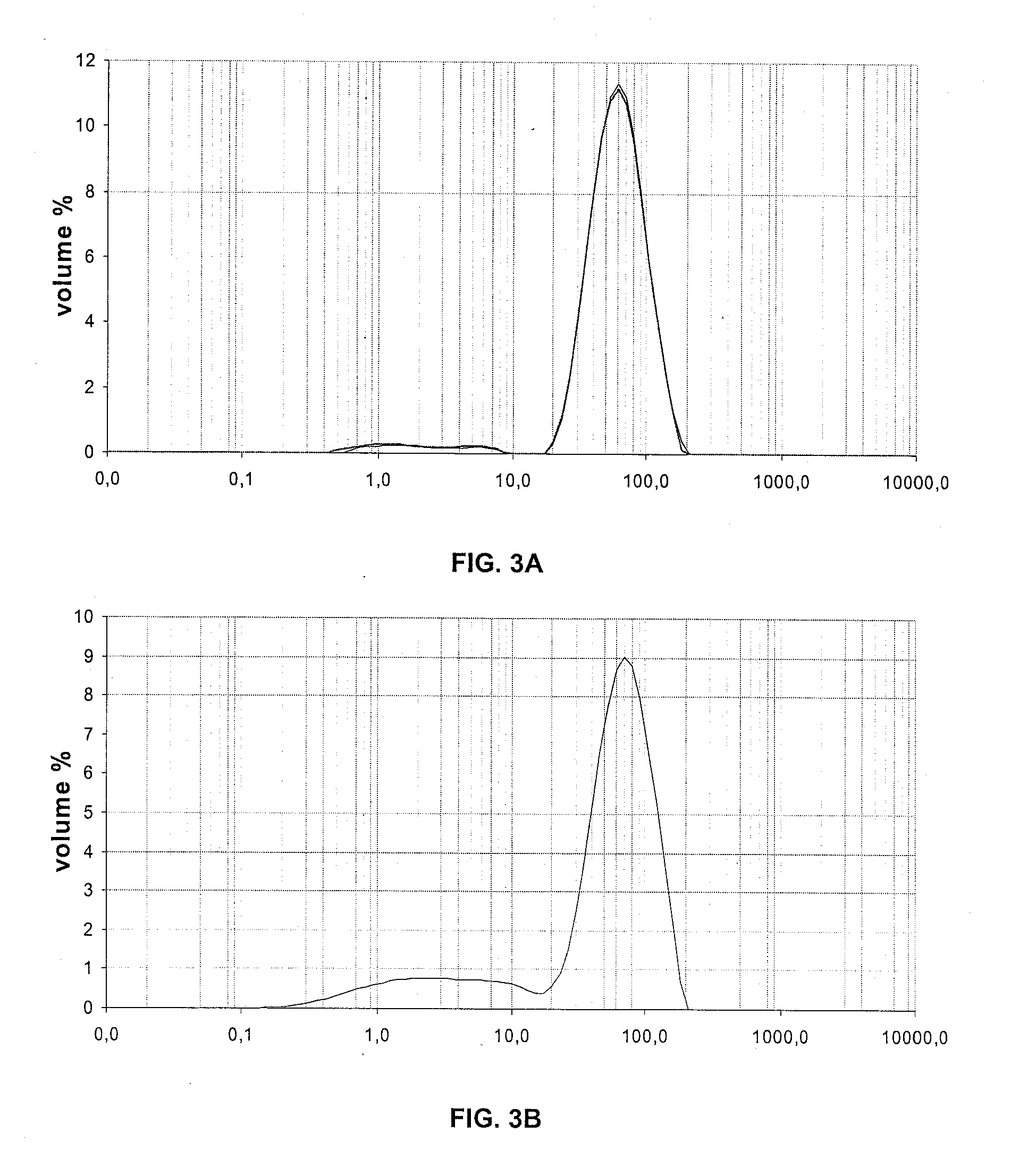Oxidation-reduction active mass and chemical-looping combustion method
a technology of active mass and oxidation reduction, which is applied in the direction of metal/metal-oxide/metal-hydroxide catalysts, machines/engines, etc., can solve the problems of increasing the cost price of the particles involved in the clc method, affecting the process, and no noble use of the catalyst used
- Summary
- Abstract
- Description
- Claims
- Application Information
AI Technical Summary
Benefits of technology
Problems solved by technology
Method used
Image
Examples
example 1
Not Industrially Used FCC Catalyst
[0098]A not industrially used (fresh) FCC catalyst having a BET surface area of 220 m2 / g and an initial pore volume of 0.8 ml / g is dry impregnated with an iron nitrate solution containing 13.9 mass % Fe2O3 equivalent. After calcination in air at 600° C., the impregnated catalyst contains 12 mass % iron oxide. The impregnation / drying / calcination operations are repeated three times, the active mass particles obtained having a Fe2O3 total mass content of 32%.
example 2
Weakly Metal-Laden Industrially Used FCC Catalyst
[0099]A used FCC catalyst from an industrial unit, containing 4000 ppm nickel (Ni) and 2000 ppm vanadium (V), with a BET surface area of 107 m2 / g and an initial pore volume of 0.67 ml / g, is dry impregnated with an iron nitrate solution containing 13.9 mass % Fe2O3 equivalent. After calcination in air at 600° C., the impregnated catalyst contains 11 mass % iron oxide. The impregnation / drying / calcination operations are repeated three times, the active mass particles obtained having a Fe2O3 total mass content of 30%.
example 3
Heavily Metal-Laden Industrially Used FCC Catalyst
[0100]An industrially used FCC catalyst from an industrial unit, containing no nickel but 100 ppm vanadium (V), with a BET surface area of 192 m2 / g and an initial pore volume of 0.64 ml / g, is dry impregnated with an iron nitrate solution containing 13.9 mass % Fe2O3 equivalent. After calcination in air at 600° C., the impregnated catalyst contains 12 mass % iron oxide. The impregnation / drying / calcination operations are repeated three times, the active mass particles obtained having a Fe2O3 total mass content of 33%.
[0101]Size Distribution of the Particles
[0102]The size distribution of the particles has been measured by wet laser grain size analysis, and the results are shown in the table hereunder.
Example 1Example 2Example 3DV10DV50DV90DV10DV50DV90DV10DV50DV90Before impregnation397814938711293261111after impregnation / 7621421973140463126calcination
[0103]FIGS. 1, 2 and 3 respectively show the size distribution of the particles of examp...
PUM
| Property | Measurement | Unit |
|---|---|---|
| temperature | aaaaa | aaaaa |
| mean diameter | aaaaa | aaaaa |
| diameter | aaaaa | aaaaa |
Abstract
Description
Claims
Application Information
 Login to View More
Login to View More - R&D
- Intellectual Property
- Life Sciences
- Materials
- Tech Scout
- Unparalleled Data Quality
- Higher Quality Content
- 60% Fewer Hallucinations
Browse by: Latest US Patents, China's latest patents, Technical Efficacy Thesaurus, Application Domain, Technology Topic, Popular Technical Reports.
© 2025 PatSnap. All rights reserved.Legal|Privacy policy|Modern Slavery Act Transparency Statement|Sitemap|About US| Contact US: help@patsnap.com



